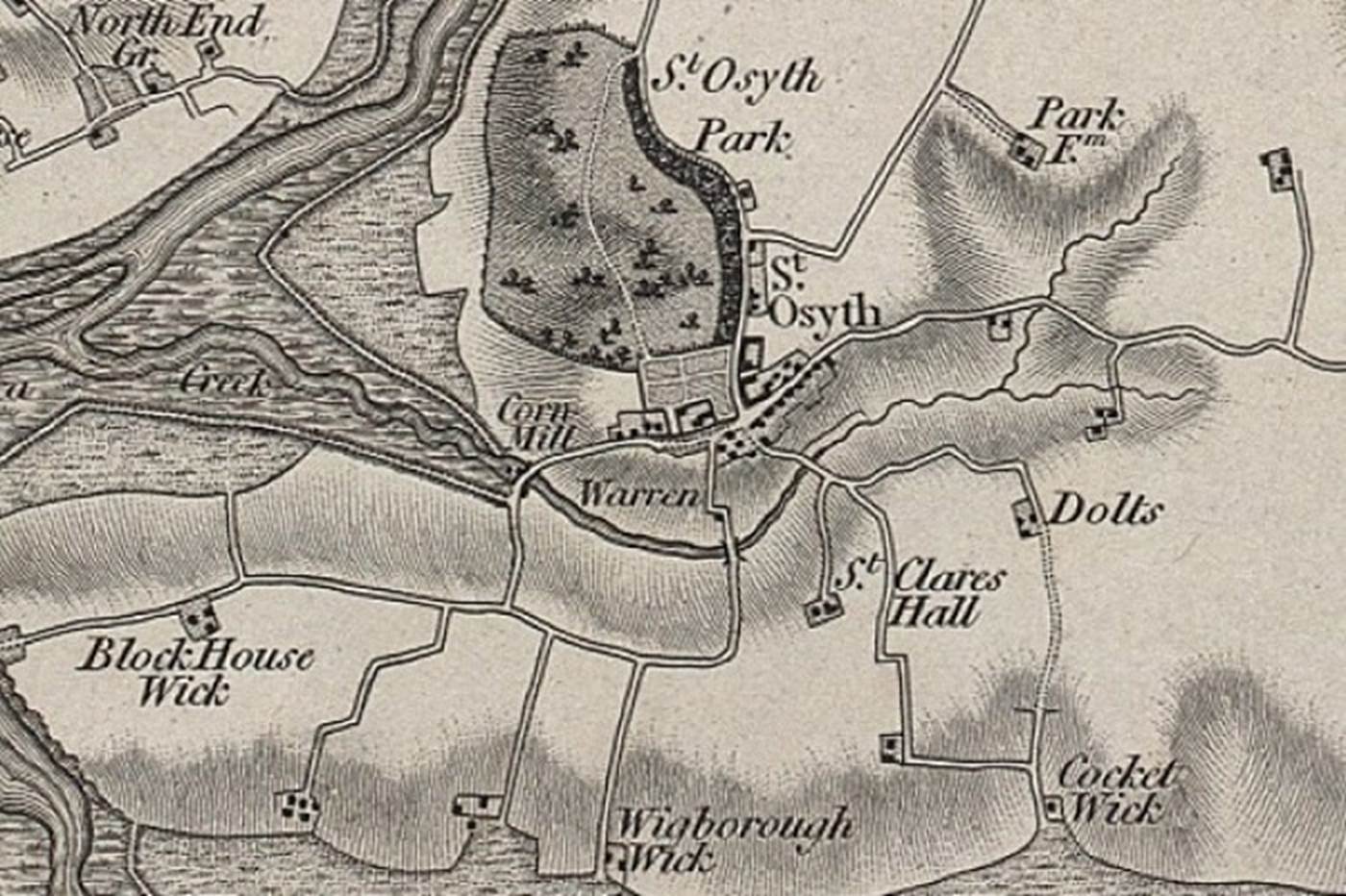Brian Darcy seemed to be proud of how he held the investigation and employed a scribe about whom only the initials are known ‘W.W.’ to record the events. This he published in a pamphlet only a month after the trials took place. For several of the accused he questioned their young children. It must have been incredibly frightening to stand in the hall at St. Clere’s surrounded by well-to-do adults as a poor, unschooled, 8 year old child. He promised the women that they would be treated leniently if they confessed. He declared it was right to lie to the women as they were witches and it got the confession he was after. He paid a local woman to search the accused for signs of witch marks or areas on the body which could be site the devil had sucked the blood of the women. Their search would often concentrate on the genitals. Polyps and skins tags which are often associated with post-menopausal women were seen as evidence of a pact with the devil. He questioned them for hours and hours at a time and kept them imprisoned between interrogations (possibly at ‘The Cage’ on Colchester Road). Brain had the homes of the accused searched and produced every day items as evidence of witchcraft. In several of the cases containers of wool were found and claimed to be purposefully placed to create bedding for imps and familiars. In reality the wool trade was the main industry of the community and preparing, dying and weaving the wool took place in the home. The women were accused of keeping pets which did their bidding and caused suffering or death to their victims. Talking to their pets was enough to convince Brain that the women were witches. It seems very odd to us today when our pets are very much part of the family. The actions of these animals however reflected that worst characteristics of the owners; wandering the village, scavenging, begging, and loitering in doorways. Enough to make the community suspicious.
The religious changes over the 50 years prior to the trials had a huge role to play. The older generation had learnt prayers in Latin and used them as part of their healing practices. Now to those brought up in the new Church of England tradition, the strange words the older ladies muttered sounded like spells or incantations. With the Catholic church the community had access to parts of the Priory grounds, visiting Osyth’s Well to drink the healing water and pray to the saint for her intervention in their lives. Now the Well was part of the Darcy lands and shut off to the public. The new religion did not condone praying to individual saints and did away with the reciprocal relationship the saints had always had with the living. With the benefit of hindsight it is possible to see how the changes would have created a tension between the different traditions and generations over the years.

